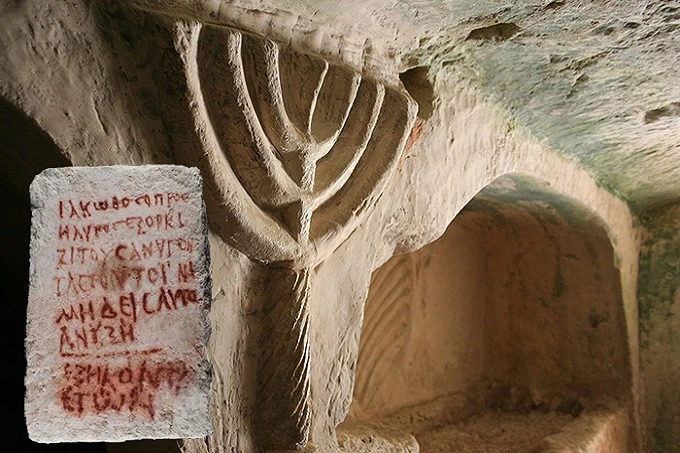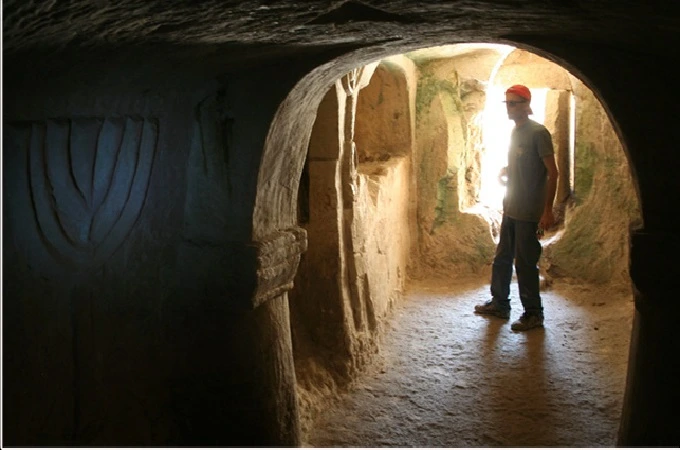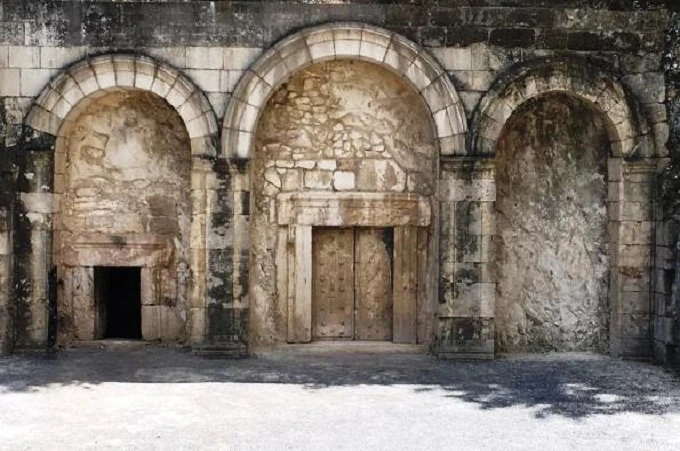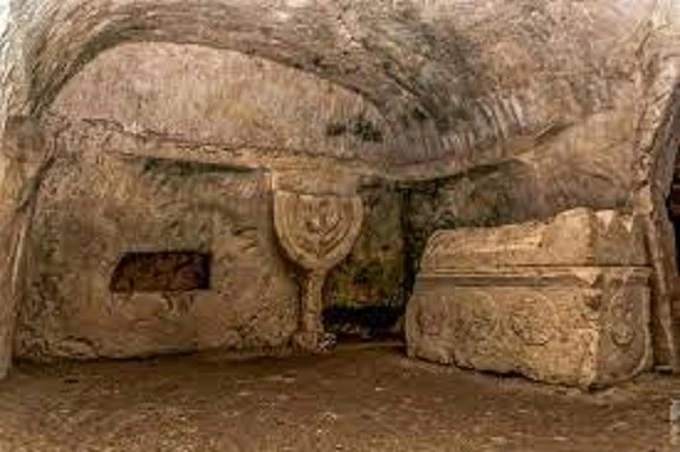What dark secret does the 1,800-year-old necropolis of Beit She’arim hold and why is it cursed?

Scientists in modern-day Israel discovered an ancient necropolis not too far from the city of Haifa. When the archaeologists entered the tomb, they were met with a pleasant surprise. An ominous inscription was painted in blood red on the headstone of one of the graves, and it was decorated with a skull and crossbones. A certain convert to Judaism, an ancient Greek named Jacob, warned against opening his eternal shelter. Anyone who dared to trespass on his grave would face a terrible curse. The text is written in the first person; that is, the buried man did it himself while still alive. Why did the researchers find this text so convincing, and what does it all mean?
A warning to tomb raiders

There is a whole network of old catacombs two hours from Tel Aviv. They are dated between the 2nd and 4th centuries after the common era. The ancient necropolis of Beit She’arim is well-known for its rich history and stunning works of art that feature ancient Greek, Aramaic, and Hebrew inscriptions. An unusual tomb was found by researchers in this ancient realm of the dead. The location of the tomb was here. A making threats inscription written in ancient Greek was found on the wall close to one of the tombs. The fact that it was written in red paint, making it appear as though it were an inscription of blood, contributed to the sinister impression that was conveyed by it.
The text was not very nice either. A certain Iokobos (Jacob) “proselyte” (as converts to Judaism were called) cursed this place and anyone who dared to disturb it. The inscription read: “The proselyte Jacob swears to curse anyone who opens this grave so that no one will open it. He was sixty.”
Researchers have been cautious with the tombstone they found, and the place is now under guard. Even though more than three hundred inscriptions in four languages have been found in the Beit She’arim Cemetery, this one occupies a special place among them. The reason is that this is the first text deciphered here in seven decades! Besides, it contains an unmistakable indication that a convert is buried there.
Who is this Jacob, and why are scientists so concerned

The scientists are unsure whether Jacob in question wrote this work on his own or whether his family members completed it. In those days, such inscriptions were commonplace because graves were frequently vandalized for their contents. How the text is written, in its entirety, is incredibly interesting. It is written in a peculiar form of Greek that is referred to by academics as “redundant.” It’s possible that this man did it himself before he passed away, writing it down exactly as he said it in life. Historians haven’t been able to figure out who he was or where he came from, so they don’t know much about him. The only thing that can be stated with absolute certainty is that his first language was Greek.
According to scientists, the inscription includes four different elements. To begin, it refers to the name of the dead, Jacob, which in Greek is spelt Iokobos. There is a good chance that this is not his given name but rather one he adopted later. Second, it states that he passed away when he was sixty. As a result of the word “proselyte,” it is also common knowledge that he was a convert. He forbade anyone from opening his grave and threatened to curse it if they did so. However, the tombstone was not discovered at all in the location where it should have been. This suggests that looters moved it after taking it.
It has been exactly one year since they discovered him in this cave, leaning against a wall inside a tomb. It was completely by chance that this room was found; previously, no one had been aware of its existence. The inscriptions on the tombstone and those on the wall were very similar. The researchers point out that this seems unbelievable, but some people converted to Judaism when Christianity was the predominant religion. Archaeologists have only discovered a few of these. This provides information regarding daily life in Galilee during the late Roman and early Byzantine eras. After the destruction and subsequent decline of Judea, this location became the focal point of Jewish society.
Beit She’arim – historical heritage of great importance

The threats posed by Jacob’s warning are just as pressing now as it was thousands of years ago. Grave robbers are just as ruthless today as they were centuries ago, destroying irreplaceable artefacts in their quest to steal gold and valuables from tombs. Beit She’arim has been designated a UNESCO World Heritage Site in recent years. The necropolis had been the subject of excavations since the 1930s. Archaeologists have discovered many ancient works of art that have been perfectly preserved here, in addition to inscriptions written in Hebrew and Greek. A significant Jewish community once occupied this location, and it featured underground aqueducts, a synagogue, ritual baths, and even an olive press.
Some of the very last glimpses of ancient Jewish domestic life before Christianity became the dominant religion have been preserved at this site. Every year, tens of thousands of visitors visit this location to explore the breathtaking architecture and mysterious messages from the afterlife.

The turbulent era was characterized by several Jewish uprisings, the rise of Christianity, and the religion’s subsequent rise and spread. It is even stranger that there were still people living in the empire who chose to convert to the Jewish religion despite its widespread persecution. In addition to that, they announced it with tremendous pride.




